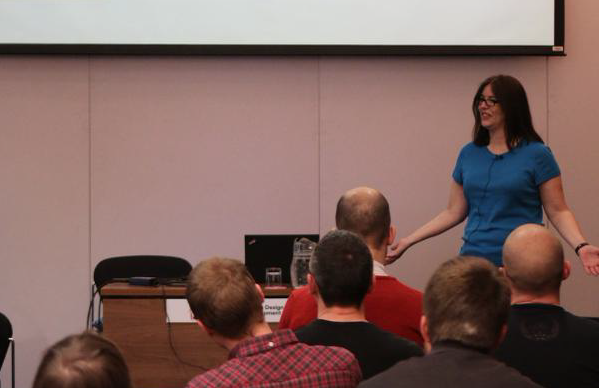Hi folks! I’m Rachel, a Developer Advocate at JetBrains and a software engineer with over 30 years of experience creating, teaching, and talking all things computers, software, and tech. I hold an MSc from the University of Leicester in Advanced Software Engineering.

Throughout my career, I’ve worn many hats: from architecting small, nimble apps to leading development on massive enterprise systems for some of the world’s top companies. My expertise lies in algorithms, programming languages, and building better ways to solve complex problems. While I’m a language & algos nerd, I mostly stick with development on the Microsoft stack, so that’s ASP.NET, C#, and SQL. I also love sharing knowledge, whether through writing, mentoring, or speaking at conferences around the globe.
I moved from the USA to Germany in 2018 and currently live in a small town called Hameln. When I’m not working on software, you’ll probably find me with a book in hand, a crochet project in progress, or off exploring new (human) languages and destinations.
Catch me on the socials! GitHub | LinkedIn | BlueSky
Or meet me in-person giving these talks.